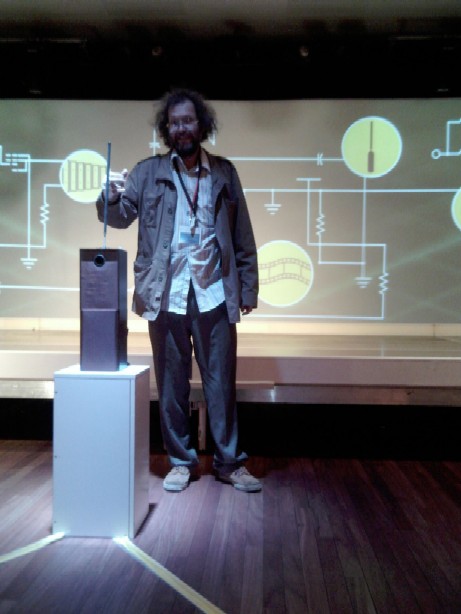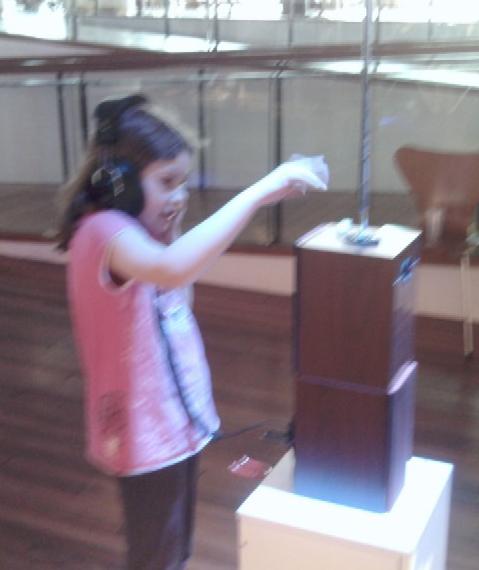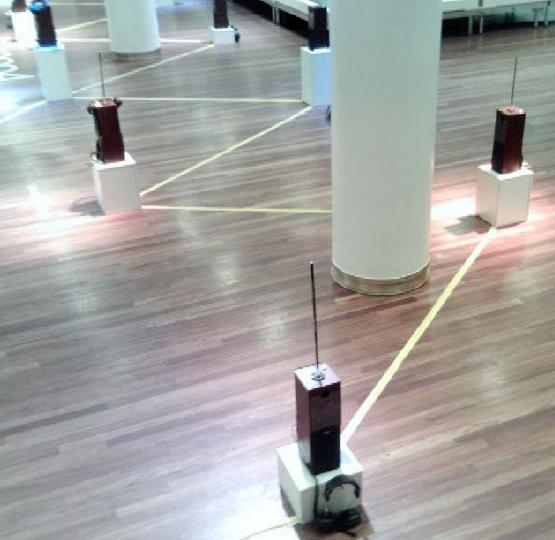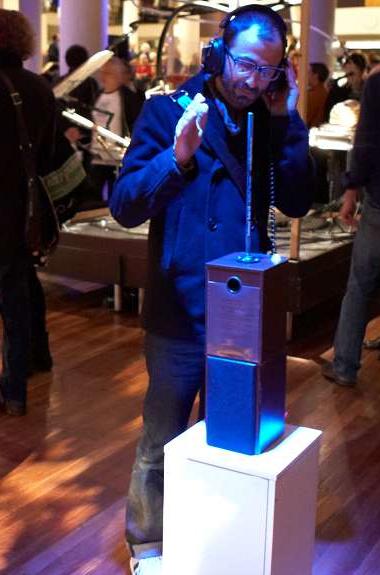"The Thereminist creates the passion and music but not the sound itself, as some like to state."
What is "the sound" of an instrument?
Is it the wave-shape or harmonic content? Is it the way the harmonic content changes as pitch and/or amplitude changes?
Is it the dynamics? is it variations of pitch or vibrato? is it variations of amplitude or tremolo?
And how many of the above does the thereminist have control over?
Don't listen to me! look at the basic science! http://hyperphysics.phy-astr.gsu.edu/hbase/sound/timbre.html and you will understand the the most wonderful waveform "managed" by an incompetent will sound less appealing or realistic than an "inferior" waveform played by a thereminist.
Given the choice of listening to a Gakken played by Lydia Kavina, or a Lev tube theremin played by some incompetent, I would prefer the SOUND from the Gakken!
IMO, the only way to judge theremin sounds against each other is if these theremins are played by equally highly competent thereminists. As for comparing "digital" sounds vs "analogue" ones, by the time one has squashed the audio into some MP3 format, if the waveforms are approximately the same to start with, then after mutilation nobody could tell the difference.
From link above:
"The primary contributers to the quality or timbre of the sound of a musical instrument are harmonic content, attack and decay, and vibrato. The ordinary definition of vibrato is "periodic changes in the pitch of the tone", and the term tremolo is used to indicate periodic changes in the amplitude or loudness of the tone. So vibrato could be called FM (frequency modulation) and tremolo could be called AM (amplitude modulation) of the tone. Actually, in the voice or the sound of a musical instrument both are usually present to some extent.
Vibrato is considered to be a desirable characteristic of the human voice if it is not excessive. It can be used for expression and adds a richness to the voice. If the harmonic content of a sustained sound from a voice or wind instrument is reproduced precisely, the ear can readily detect the difference in timbre because of the absence of vibrato. More realistic synthesized tones will add some type of vibrato and/or tremolo to produce a more realistic tone."
The most important aspect of the theremin and the sound of the theremin is, IMO, the ability of the skilled player to manually control pitch and vibrato rapidly and precisely, and with a heterodyning instrument these actions will also directly modify the harmonics of the sound during the pitch change.
But these most important aspects will rarely be noticed or experienced by an incompetent player, it is only those who have the ability and hone their playing skills who will ever experience this gold for themselves - we must just appreciate it when we hear others produce it... And when we hear this "authentic" sound, dont forget that we are usually hearing it after it has gone through an Analogue to Digital converter and then back through a Digital to Analogue converter - Almost everything we now hear IS DIGITAL! - So the idea that a digital waveform cannot capture the "essence" must be nonsense!
And for us incompetents, the "basic tone" of the instrument becomes far more important than perhaps it should be - because we dont have the skill to 'bend' this tone the way real players can.
I am not saying the waveform is not important, dont get me wrong... But almost any waveform can be produces by analogue or digital technology, so I really dont think the waveform is the primary "problem" - I believe the primary reason why digital theremins sound inferior may be due to latency - the fast precision control which makes the theremin sound, is what is screwed by recent digital instruments.
I may be wrong about some of the above - But I would never be bold enough to state that the thereminist is not responsible for the sound (or at least some of it) coming from a theremin, because I cannot see any way that this could be true.. Likewise, I wont state that tubes dont give a 'quality' that's 'better', nor that no other technology could equal tubes, or subjective stuff like that - because there are no grounds on which to base such assertions - whether pro or anti.
Fred.
Oh - we have just seen that the Nano sound is entirely analogue! ;-) [apart from the fact that its been turned into a digital MP3]
Now that did surprise me greatly - but it clearly demonstrates the point... Neither you nor I were able to hear the difference between a sound produced by a digital engine or one produced entirely by analogue! - in this case we both mistook an "analogue sound" for a "digital" one, and I am damn sure that if digital theremin latency is eliminated, we will be hearing "analogue" and "heterodyning" and "tubes" from digital theremins.
I really dont like this idea - it kind off removes that whole reason for being an analogue musical instrument designer - but its a bullet I am sure I will need to bite one day.. probably soon.







